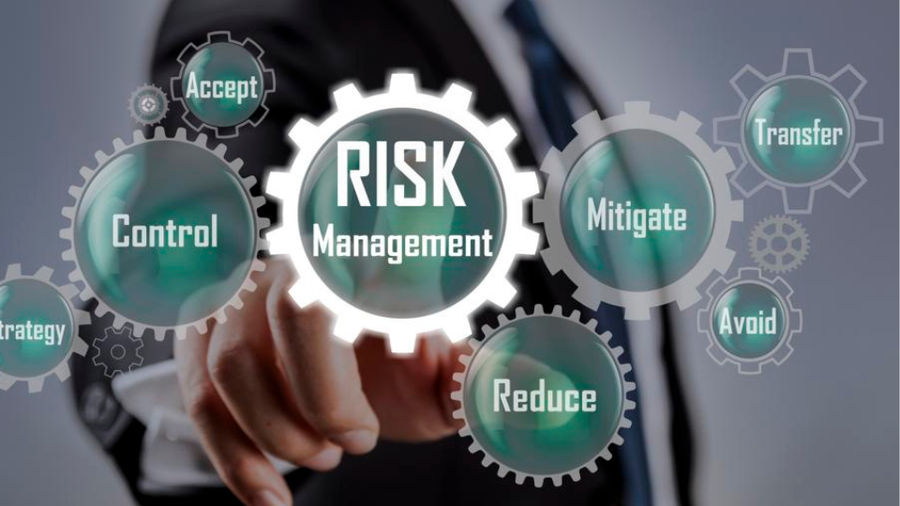The Role of Top Management in Cybersecurity Risk Management
In an era where cyber threats loom large over businesses of all sizes, the role of top management in cybersecurity risk management has become more critical than ever. Gone are the days when cybersecurity was a concern relegated to IT departments alone. Today, it is a top agenda item for the C-suite and boardroom discussions, as the repercussions of cyber incidents reach far beyond technical setbacks and into the realms of legal compliance, reputation, and strategic operations.
Understanding the Shift in Management’s Cybersecurity Role
Recent trends in the corporate world have seen a shift in how cybersecurity is perceived at the highest levels of an organization. A study from Protiviti highlights executives’ concerns about cybersecurity incidents as a substantial risk to national security and corporate integrity. This acknowledgment has translated into a more proactive stance on risk management.
The Mandate for Cybersecurity Oversight
The increasing regulatory pressures, as noted by JDSupra, are compelling companies to disclose their boards’ oversight of cybersecurity risks and management’s role in assessing and managing these threats. This is not just a matter of compliance but a strategic imperative to safeguard digital assets.
The Evolving Role of Management in Cybersecurity
Management’s role in cybersecurity has evolved from oversight to active involvement. According to insights from Harvard Law School’s Forum on Corporate Governance, this evolution has been partly due to investor demand for more robust cybersecurity measures. As a result, top management is now expected to understand the cyber risks their companies face and to ensure that appropriate controls are in place.
Management as a Catalyst for Cyber Resilience
With the mandates for timely reporting of material incidents and annual reporting on cyber risk management, as discussed on Zscaler, management plays a pivotal role in fostering a culture of cyber resilience. This involves not only setting the vision and expectations but also allocating the necessary resources for cybersecurity initiatives.
Conclusion: A Call to Action for Top Management
The call to action for top management is clear: cybersecurity is not a one-off project but an ongoing process that requires their continuous attention. With the right approach, management can turn cybersecurity into a competitive advantage, ensuring trust and reliability in the digital age. The integration of management’s role in cybersecurity risk management is no longer optional; it is a fundamental aspect of modern corporate governance.
